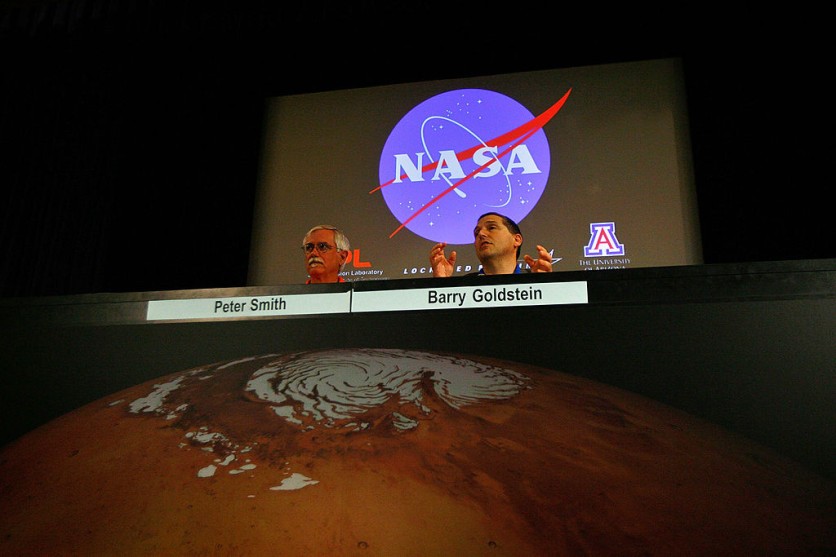NASA has selected nine U.S. companies to conduct preliminary concept studies aimed at exploring how commercial services can contribute to future missions to Mars.
Each of these companies will receive funding ranging from $200,000 to $300,000 to conduct 12 concept studies. These studies will investigate various potential services, including payload delivery, communications relay, surface imaging, and payload hosting.

"Space Tugs"
The selection of these companies followed a request for proposals issued by NASA on January 29 to the U.S. industry. The Mars Exploration Program within NASA initiated this effort to advance critical scientific objectives through a new paradigm for Mars missions.
Among the proposed services are innovative concepts such as "space tugs" designed to transport spacecraft to Mars, platforms to host scientific instruments and cameras, and telecommunications relays.
The overarching goal is to establish strategic partnerships between government, industry, and international collaborators to pave the way for more frequent and cost-effective Mars missions for the next two decades.
In the category of small payload delivery and hosting services, Lockheed Martin aims to transform a spacecraft currently utilized for lunar exploration.
Impulse Space is strategizing to repurpose an Earth-vicinity orbital transfer vehicle (space tug), and Firefly Aerospace is focused on adapting a spacecraft currently employed for lunar exploration.
In the domain of large payload delivery and hosting services, United Launch Services plans to adjust an Earth-vicinity cryogenic upper stage.
Blue Origin is considering adopting a spacecraft originally designed for Earth and lunar applications. Additionally, Astrobotic Technology intends to modify a spacecraft presently used for lunar exploration.
In the sphere of Mars surface-imaging services, Albedo Space Corporation is set on adopting a low Earth orbit imaging satellite. Redwire Space is working to modify a commercial imaging spacecraft in low Earth orbit.
Simultaneously, Astrobotic Technology will enhance a lunar exploration spacecraft to incorporate imaging capabilities.
For next-generation relay services, SpaceX is aiming to repurpose Earth-orbit communication satellites for Mars. Lockheed Martin is positioned to deliver communication relay services via a modified Mars orbiter.
Lastly, Blue Origin is exploring options to provide communication relay services with an adapted Earth and lunar spacecraft.
Read also: NASA Curiosity Rover: Watch a Martian Day's Timelapse and See What It's Like on the Next-Door Planet
"New Era of Space Exploration"
These 12-week concept studies are scheduled to conclude in August, with a comprehensive summary expected later in the year. While these studies could pave the way for future requests for proposals, they do not represent a binding commitment, according to NASA.
"We're in an exciting new era of space exploration, with rapid growth of commercial interest and capabilities," Eric Ianson, director of NASA's Mars Exploration Program, said in a press release statement.
"Now is the right time for NASA to begin looking at how public-private partnerships could support science at Mars in the coming decades."
Related Article : NASA Tests Future Mars Helicopter Designs on Earth and Red Planet, Getting the 'Best of Both Worlds'

ⓒ 2025 TECHTIMES.com All rights reserved. Do not reproduce without permission.




